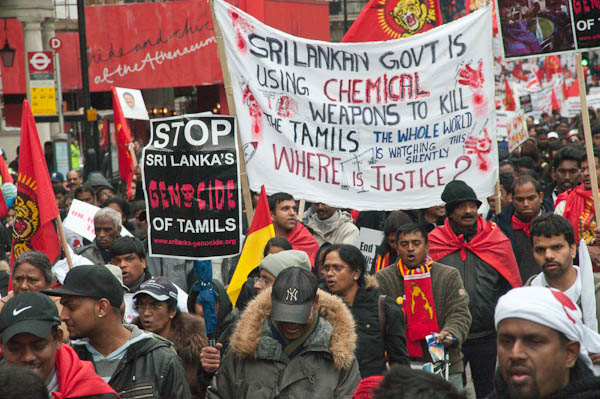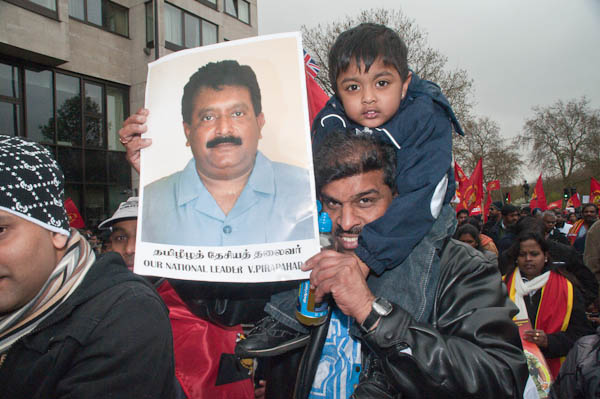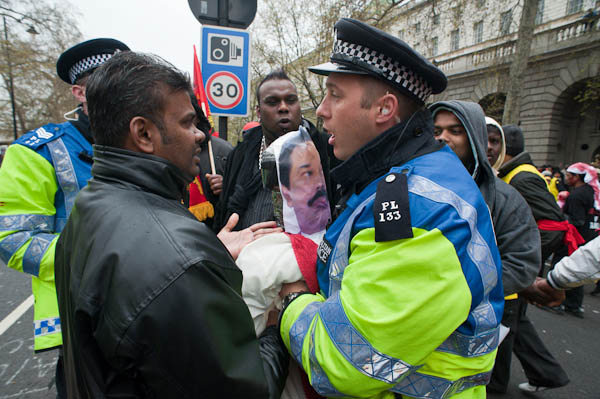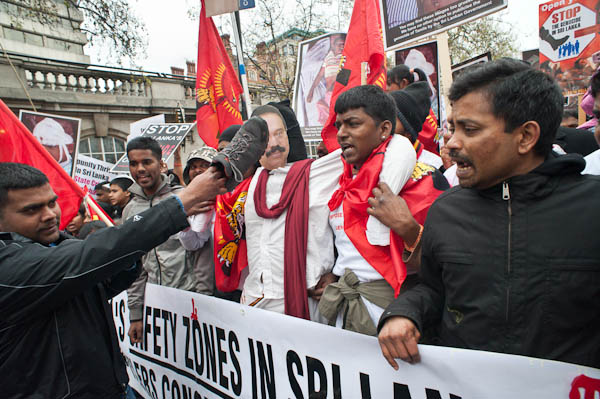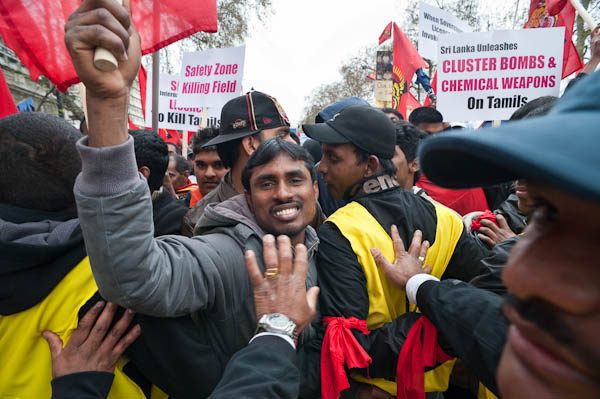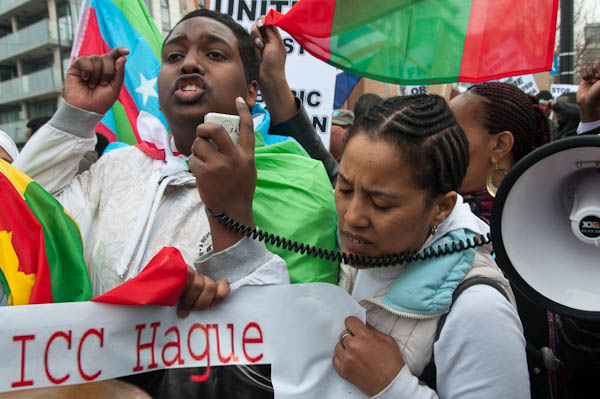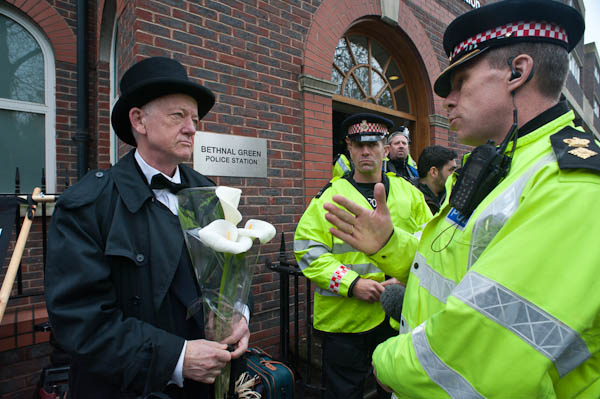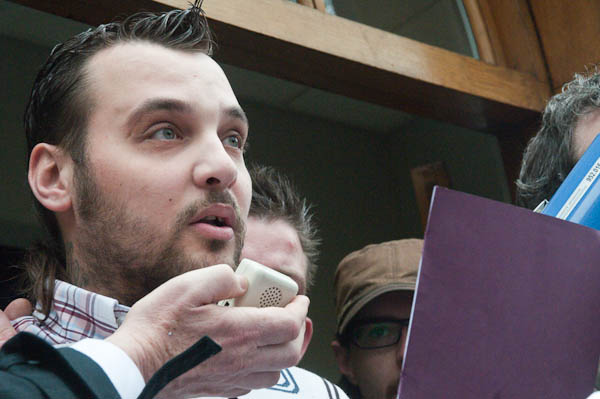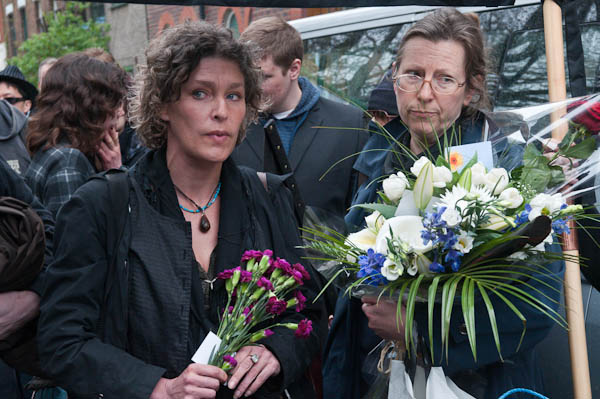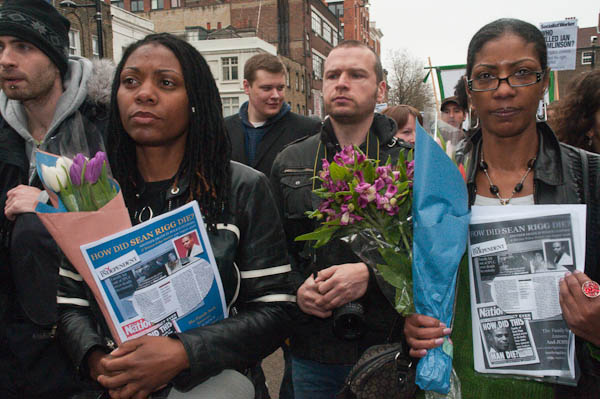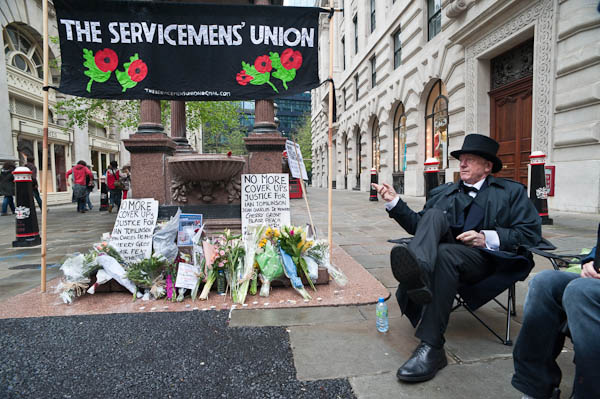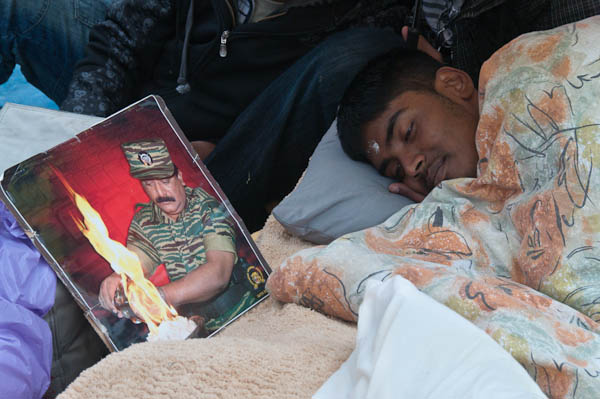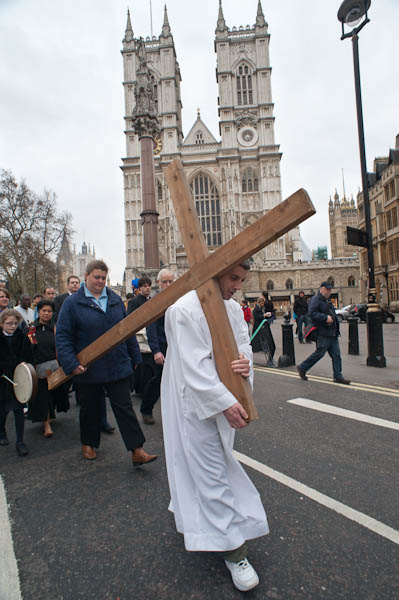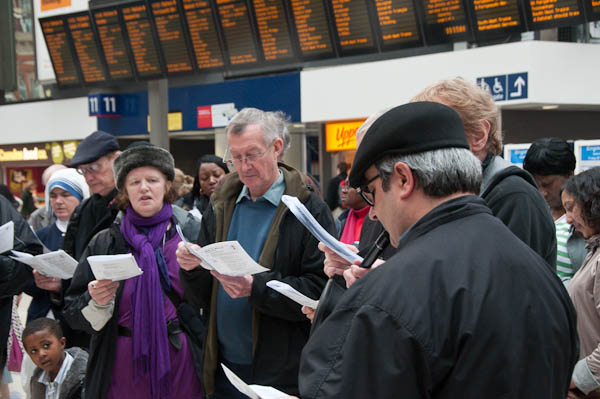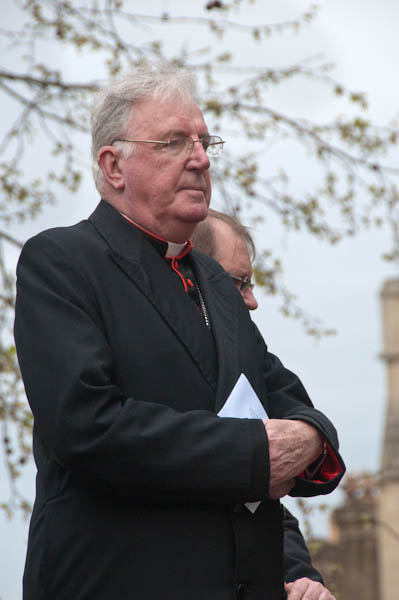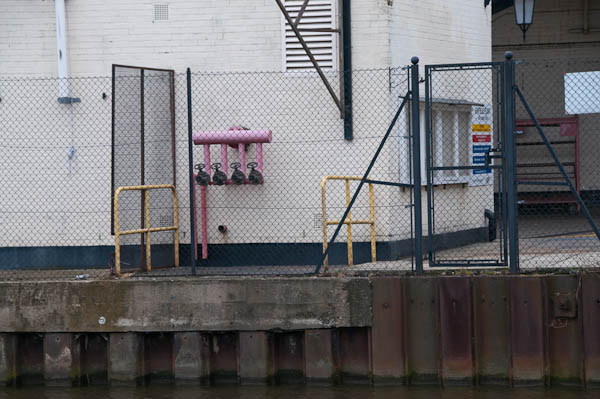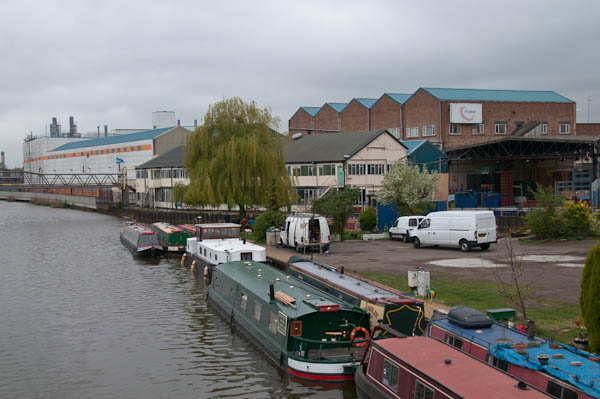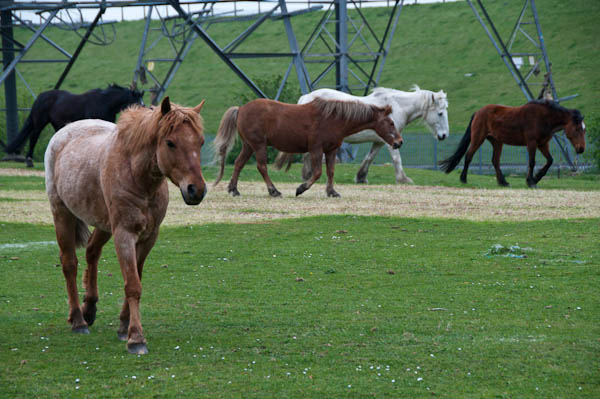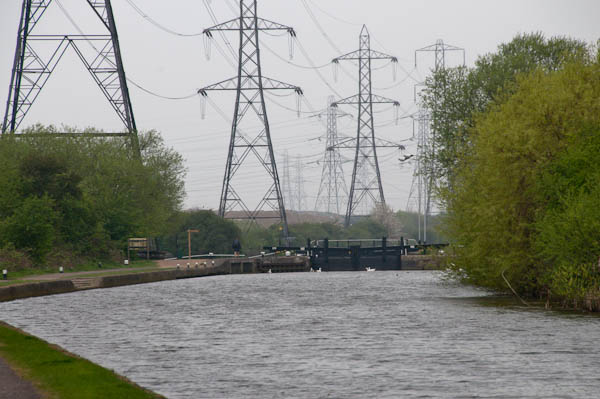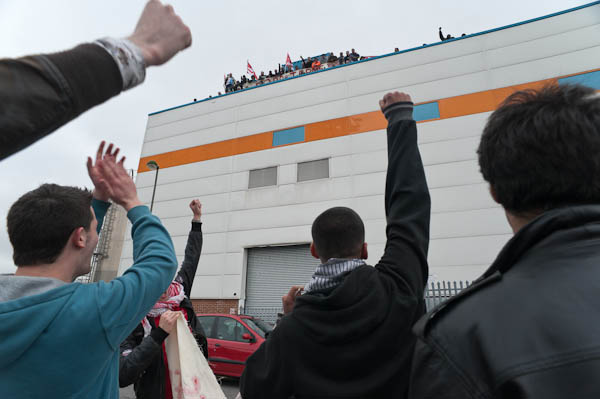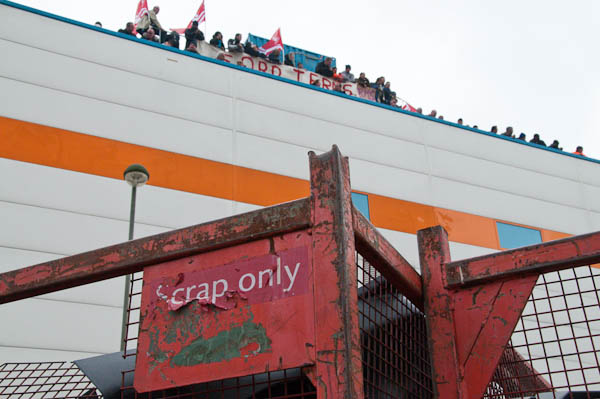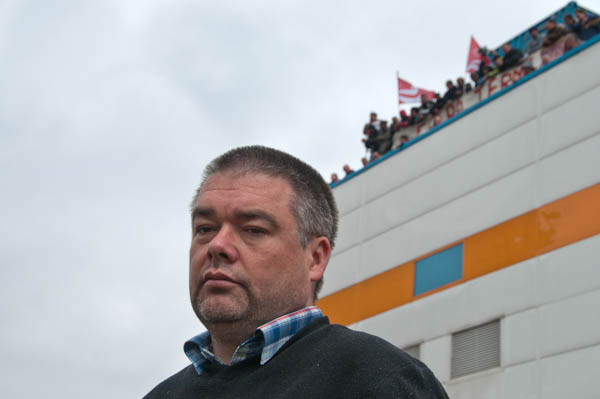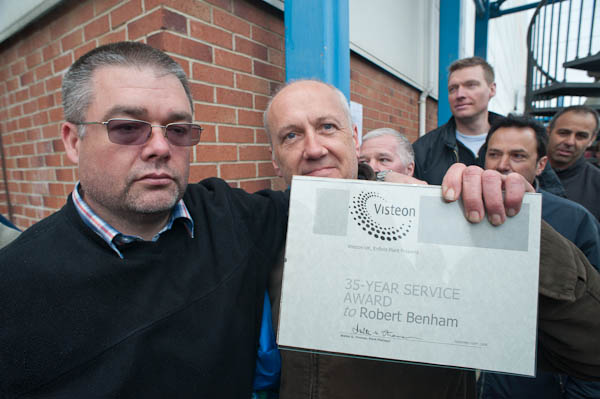A day or two ago I came across a link to a feature on the Danish Press photography site, Pressefotografforbundet, which was an English translation of an earlier post about the Danish Pictures of the Year competition. Klavs Bo Christensen who had sent in pictures on a story he shot in Haiti had been asked by the judges to submit his RAW files for the images concerned, and they had then decided to disqualify his work.
The competition rules state that pictures entered:
“must be a truthful representation of whatever happened in front of the camera during exposure. You may post-process the images electronically in accordance with good practice. That is cropping, burning, dodging, converting to black and white as well as normal exposure and color correction, which preserves the image’s original expression.”
Having seen the work – which is on the site – I’m surprised that it’s disqualification has aroused any controversy. It clearly – at least to my eyes – goes far beyond what I would consider “a truthful representation” and takes the work more in to the province of illustration rather than of photography. Had I been one of the judges I would have turned it down as inappropriate without feeling the need to examine the RAW files.
RAW files are not of course image files, and need suitable processing. In the article this is done as a comparison to the submitted images using the default setting of Adobe Camera Raw, and clearly a little more is needed on all three images shown. Unless I’m in a tearing hurry, I seldom accept the default ‘Autotone‘ result from Lightroom. As I used to in the darkroom, I’ll often do a little dodging and burning, and with the digital file I’ll usually also take advantage of the ease with which you can open up the shadows a little. The default settings often compress the highlights rather more than I like, and again I’ll correct this. And the auto setting normally fails to produce either high key or low key images and should I have been aiming at these effects, a more drastic tonal rearrangement is called for.
I may not get it right, but my aim is always to produce images that look photographic, where the viewer essentially isn’t aware of the process but in a sense feels they are looking through the picture to what is depicted, retaining the essence of the photograph as some kind of a trace of the original scene. For me the photograph is very much a ‘window’, although I always felt that Szarkowski was totally wrong to suggest that it could not at the same time be a powerful ‘mirror.’
Of course it has always been possible to use photography in different ways, for example to give a negative of the scene, or to solarize or posterize the image. But such graphic effects are designed very much to distance the photographically produced images from the original photographic expression, what we might call an experimental approach rather than the realist approach that is central to photojournalism and documentary work.
So I’m 100% behind the judges. This work, with its extremes of saturation and local contrast should never have been entered for the competition. There have been some images in other competitions – even World Press Photo – that I’ve thought perhaps have gone a little beyond the acceptable, but these are more extreme.
I’m not saying that they are bad pictures, but that the treatment is unsuitable for the purpose. If pushed I would say that two of the three shown clearly don’t work very well, and although the default conversions from RAW do still need a little tweaking, clearly there is a better photograph that could have been made from them than the pictures the photographer sent in. With the third, the bottom image on the page with a yellow chair and a blue concrete beam, this graphic treatment is rather more successful. It is also rather harder to tell from the default processed RAW file exactly what a more photographic approach could have achieved from this file.
These pictures were taken up yesterday on The Online Photographer, where there is quite a lot of discussion both of yesterday’s post and a follow-up today.
As Mike Johnston says there “If you like the wretched excess of the overhyped, overcooked style, go for itit’s your hobby; you own it. They’re your pictures.” And there are certainly plenty of people on Flickr who do seem to like it. It makes me cringe, and it certainly isn’t appropriate for photojournalism.
